Mexico, a country renowned for its vibrant culture, tantalizing cuisine, and rich history, is also a treasure trove of natural wonders. Nestled between its bustling cities and ancient ruins lie national parks of unparalleled beauty. These parks, some hidden and others celebrated, are a testament to Mexico’s diverse ecosystems and landscapes. From the depths of lush canyons to the heights of majestic volcanoes, each park tells a story of nature’s grandeur and the nation’s commitment to preserving it. Dive in with us as we embark on a journey through some of Mexico’s National Parks.
Mexico and its National Parks
Often when one thinks of Mexico, images of vibrant festivities, ancient pyramids, and tantalizing cuisines come to mind. However, beyond these cultural marvels, the nation holds a wealth of natural beauty that often goes unnoticed. Mexico’s national parks, each a sanctuary in its own right, paint a picture of the country’s diverse landscapes and ecosystems – from the cerulean waters of coastal reserves to the towering peaks of its volcanic ranges.
These protected areas are not just random patches of wilderness; they are thoughtfully conserved segments of land and water that encapsulate Mexico’s commitment to nature. They stand as green badges of honor, showcasing the nation’s dedication to ecological balance amidst rapid urbanization and industrial growth.
The parks, each unique in its topography and biodiversity, provide habitats for a myriad of species, some of which are endemic to Mexico. They offer an intimate look into the country’s ecological richness and serve as living museums where one can trace the evolutionary stories of various flora and fauna.
Moreover, these national parks have become places of solace and adventure for both locals and tourists. They are spaces where families bond, adventurers seek thrills, and nature lovers find peace. Through well-marked trails, educational tours, and sustainable tourism practices, these parks ensure that visitors can immerse themselves in nature without causing harm.
And as you step out to explore these amazing creations of nature, make sure to book a yacht charter in Mexico from H2OH so that you can have the best time exploring these national parks!
How Many National Parks Are in Mexico?
There are 67 national parks in Mexico. Each park, with its unique landscape and ecosystem, offers a different adventure.
Top 8 Best National Parks in Mexico
Dive into the heart of Mexico’s natural splendors as we explore its most captivating national parks. From serene coastlines to majestic mountain ranges, discover the diverse landscapes that make Mexico a haven for nature enthusiasts.
1) Sumidero Canyon

The Cañón del Sumidero is a deep natural canyon located to the north of the city of Chiapa de Corzo. This massive canyon features vertical walls as high as 1,000 meters, with the Grijalva River running through its base. Tourists often take boat rides to admire the canyon’s majesty, with sights of crocodiles, monkeys, and diverse bird species adding to its charm.
Location: Chiapas
Overview: The Cañón del Sumidero is a breathtaking geological formation that stretches for over 13 km. The mighty Grijalva River flows through the canyon, flanked by vertical walls that soar up to 1,000 meters.
Biodiversity: The canyon is home to a plethora of wildlife including crocodiles, spider monkeys, and a variety of bird species like cormorants and king buzzards.
Activities: Apart from boat tours, visitors can trek to various viewpoints like La Ceiba, La Coyota, and El Roblar, which provide panoramic views of the canyon.
2) Sierra de Órganos National Park
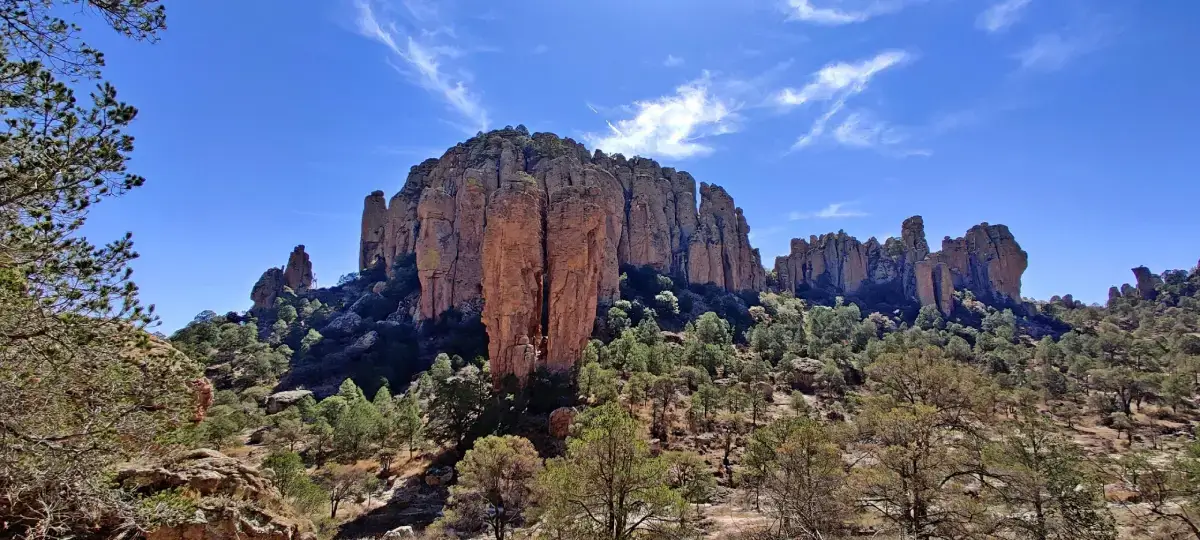
Known for its towering rock formations that resemble the pipes of organs, hence the name. This desert landscape is popular among rock climbers and hikers. The unique flora and fauna, including cacti and golden eagles, are a treat to the nature lover.
Location: Zacatecas
Overview: Named after its unique rock formations that look strikingly similar to organ pipes, the park sprawls across 11 square kilometers.
Biodiversity: Plant species like agaves, cacti, oaks, and pines thrive here. Wildlife includes hawks, golden eagles, coyotes, and black-tailed deer.
Activities: Rock climbing, camping, and hiking are popular activities. The park also houses caves with ancient petroglyphs.
3) Lagunas de Montebello

This park is famous for its 59 lakes, which range in color due to varying mineral content – from deep blue to pale turquoise. The surrounding pine forests and unique aquatic ecosystems make it a paradise for bird watchers and nature enthusiasts.
Location: Chiapas
Overview: The park encompasses 6,022 hectares, distinguished mainly by its lakes varying in hues of blue, green, and even purple.
Biodiversity: The park is a sanctuary for bird species such as toucans, quetzals, and hawks. Mammals like Geoffrey’s spider monkey and the ocelot can also be spotted.
Activities: Canoeing, rafting, and swimming in the lakes. There are also Mayan ruins and caves for those interested in history and spelunking.
4) Basaseachic Falls National Park
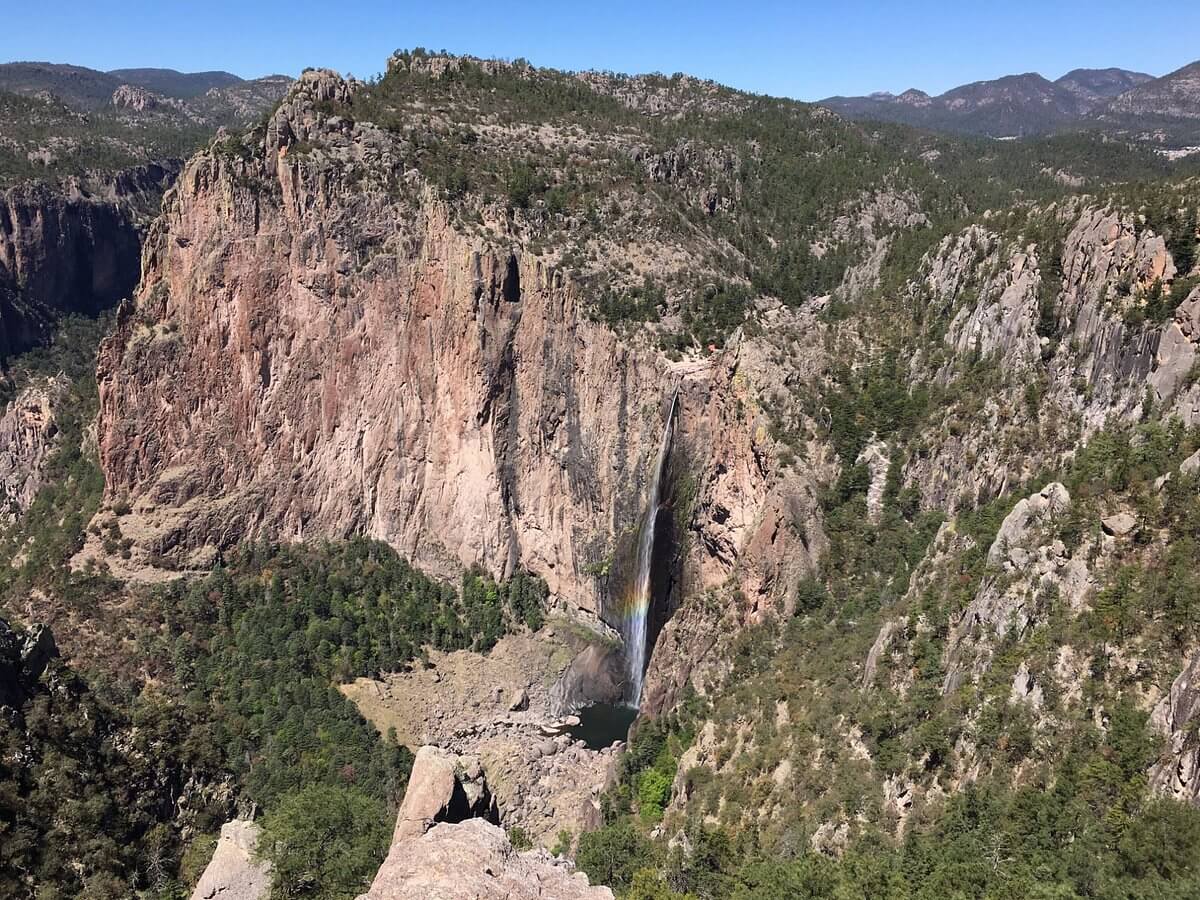
Dominated by the Basaseachic Falls, the second-highest waterfall in Mexico, this park is a blend of forested areas and arid landscapes. Visitors are often mesmerized by the sight of water cascading down over 246 meters.
Location: Chihuahua
Overview: It’s named after Basaseachic Falls, one of the most outstanding natural beauties in Mexico.
Biodiversity: The park has pine and oak forests housing animals like white-tailed deer, raccoons, and various species of eagles.
Activities: Apart from enjoying the view of the waterfall, visitors can hike, camp, and participate in bird-watching.
5) Palenque
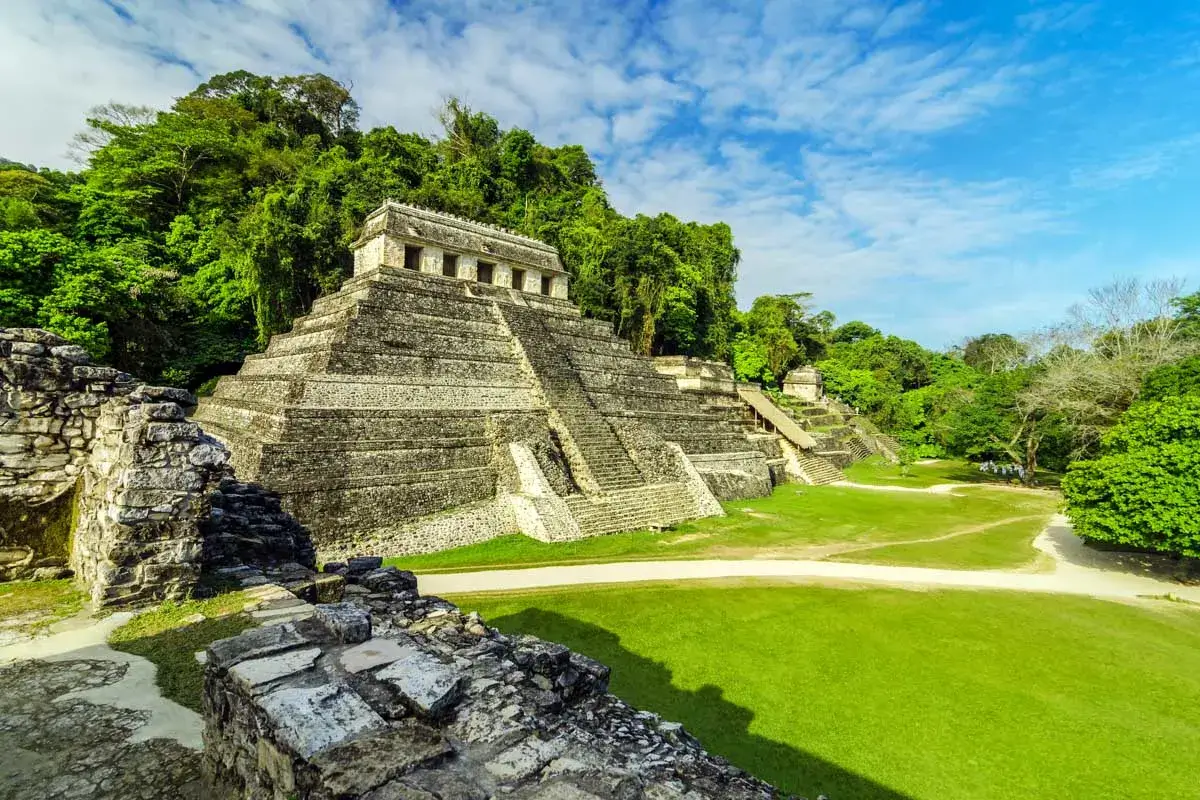
More than just a national park, Palenque is an archaeological wonder, showcasing the remnants of a Mayan city-state. Set against a backdrop of lush jungles, the park offers a combination of natural beauty and historical insight.
Location: Chiapas
Overview: Enveloped by lush jungles, Palenque is both an archaeological site and a national park. The ruins date back from 226 BC to around 799 AD.
Biodiversity: The forest around the ruins teems with howler monkeys, toucans, and parrots.
Activities: Exploring the ancient Mayan ruins, visiting the museum, and jungle treks.
6) Tulum National Park
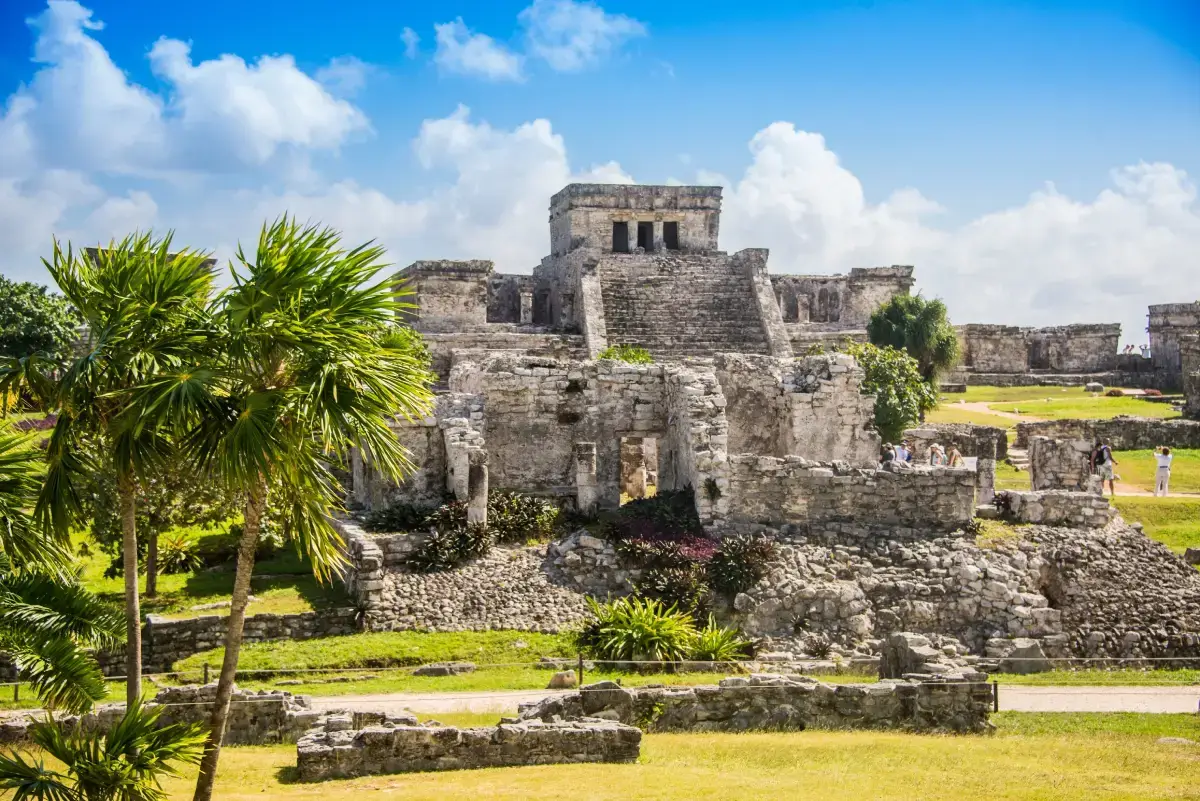
This coastal national park boasts the ruins of an ancient Mayan port city alongside beautiful beaches with turquoise waters. Overlooking the Caribbean Sea, Tulum offers a unique mix of history, nature, and relaxation. You can rent a boat in Tulum to make the best out of your trip!
Location: Quintana Roo
Overview: Perched on a cliff, Tulum offers a picturesque view of the Caribbean Sea. It was one of the last cities built by the Mayans.
Biodiversity: Sea turtles, such as the loggerhead and green turtles, can be spotted on the beaches.
Activities: Exploring the ruins, beach relaxation, and snorkeling in the nearby cenotes.
7) Iztaccíhuatl-Popocatépetl National Park
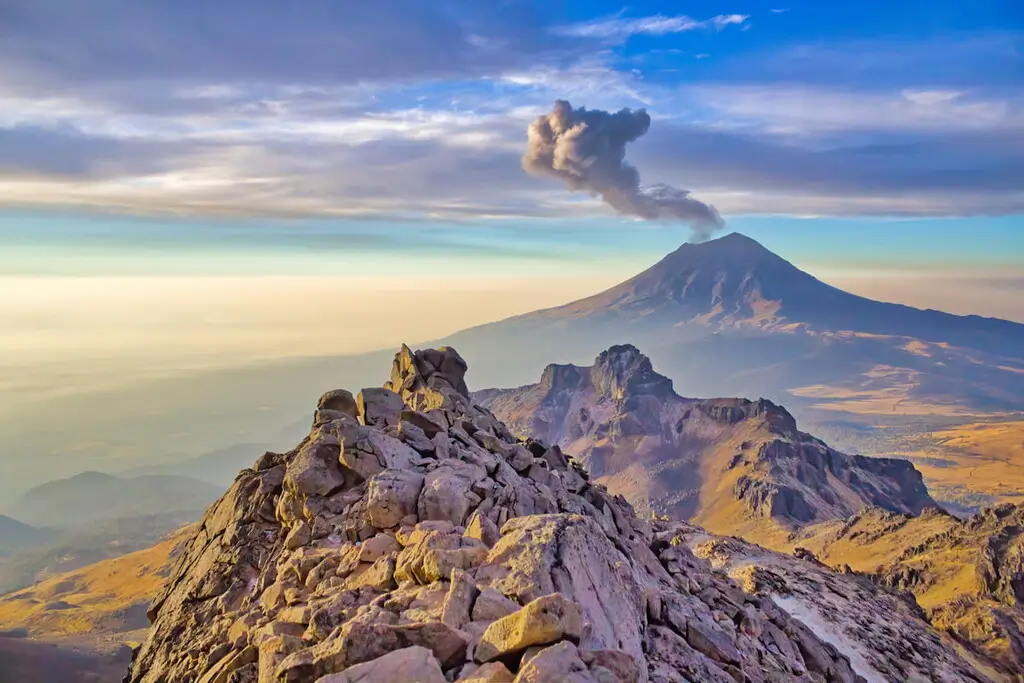
Nestled in the heart of Mexico, the Iztaccíhuatl-Popocatépetl National Park stands as a monument to nature’s grandeur. The park gets its iconic name from its two massive volcanoes, Iztaccíhuatl and Popocatépetl. It displays snow-capped peaks that glisten under the sun, presenting an ethereal beauty. It also offers a dynamic scene with its occasional smoky exhalations, reminding visitors of the fiery power that lies beneath.
Spread across its expanse are lush forests that seem to stretch endlessly, offering a rich green contrast to the alabaster peaks above. These woodlands provide a sanctuary for a multitude of wildlife, making the park a biodiverse hotspot.
Location: States of México, Morelos, and Puebla
Overview: The park gets its name from the two volcanoes: Iztaccíhuatl (the dormant “White Woman”) and Popocatépetl (the active “Smoking Mountain”).
Biodiversity: Pumas, bobcats, raccoons, and the endemic volcano rabbit can be seen. Birds like the peregrine falcon and the horned lark soar in the skies.
Activities: Trekking, mountaineering, and bird-watching.
8) Cumbres de Monterrey National Park
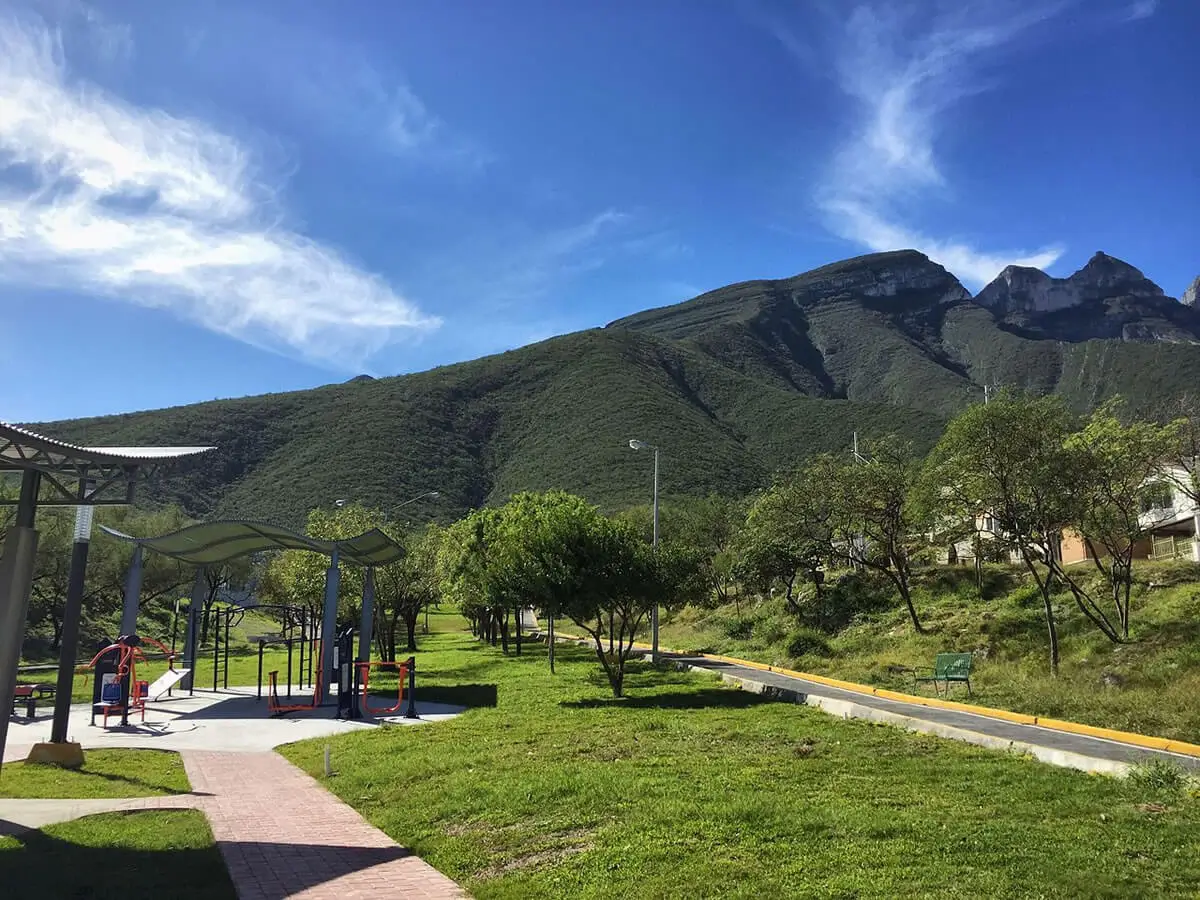
This park boasts deep canyons, waterfalls, and a variety of ecosystems. Grutas de Garcia, a massive cave system with stalactites and stalagmites, is one of the park’s main attractions.
Location: Nuevo León
Overview: With deep canyons, rivers, waterfalls, and caves, this park offers unparalleled natural beauty.
Biodiversity: The park shelters black bears, roadrunners, and the Mexican free-tailed bat among many other species.
Activities: Visiting the Grutas de Garcia caves, hiking, rock climbing, and enjoying the waterfalls.
… And the list goes on, each park offering a unique story and experience. These are just a few of Mexico’s natural wonders. The country’s commitment to preserving its biodiversity and rich natural heritage is evident in the plethora of national parks scattered across its landscape. Each park offers a unique experience, a blend of adventure, relaxation, and education. Whether you’re trekking up a volcano, exploring ancient ruins, or simply basking in the serene beauty of a lake, Mexico’s national parks promise memories that will last a lifetime.
What is the Largest National Park in Mexico?
The largest national park in Mexico is the Calakmul Biosphere Reserve in Campeche. Spanning over 723,185 hectares, it’s not just a testament to Mexico’s rich biodiversity but also an integral part of the world’s tropical rainforest heritage.
Which Country has the Most National Parks in the World?
Regarding national parks, the USA tops the chart with a whopping 63 national parks. Mexico, with its 67 parks, isn’t far behind in numbers, but each country offers a distinct environment and experience.
Protecting these National Treasures
Mexico’s national parks, like others worldwide, face threats like deforestation and climate change. However, the Mexican government and various organizations are actively working towards their preservation. By visiting these parks, tourists contribute to the economy, which in turn aids in conservation efforts.
Mexico’s national parks are a harmonious blend of conservation, education, and recreation. They underline the message that while Mexico deeply cherishes its historical and cultural roots, it is equally passionate about preserving its natural heritage for generations to come.
Planning Your Visit
The best time to visit most of these parks is during the dry season. Remember to check specific weather conditions, keep the environment clean, and most importantly, enjoy the unparalleled beauty Mexico has to offer.
You can consider going for Puerto Aventuras boat rental by H2OH so that you can easily explore these beautiful national parks without any hassles!
Wrapping Up
In the heart of Mexico lies a world waiting to be explored, where nature’s magic unfolds in every corner. From the serene beauty of turquoise lakes to the remnants of ancient civilizations nestled amidst tropical forests, Mexico’s national parks are a testament to the country’s rich tapestry of natural and cultural heritage. Whether you’re an intrepid traveler, a history buff, or someone looking for a peaceful retreat, these parks beckon with the promise of adventure, discovery, and awe-inspiring vistas. As we conclude our journey, it’s clear that the true essence of Mexico is captured not just in its cities and festivals, but in the pristine beauty of its protected landscapes. So, when are you packing your bags for a Mexican escapade?








